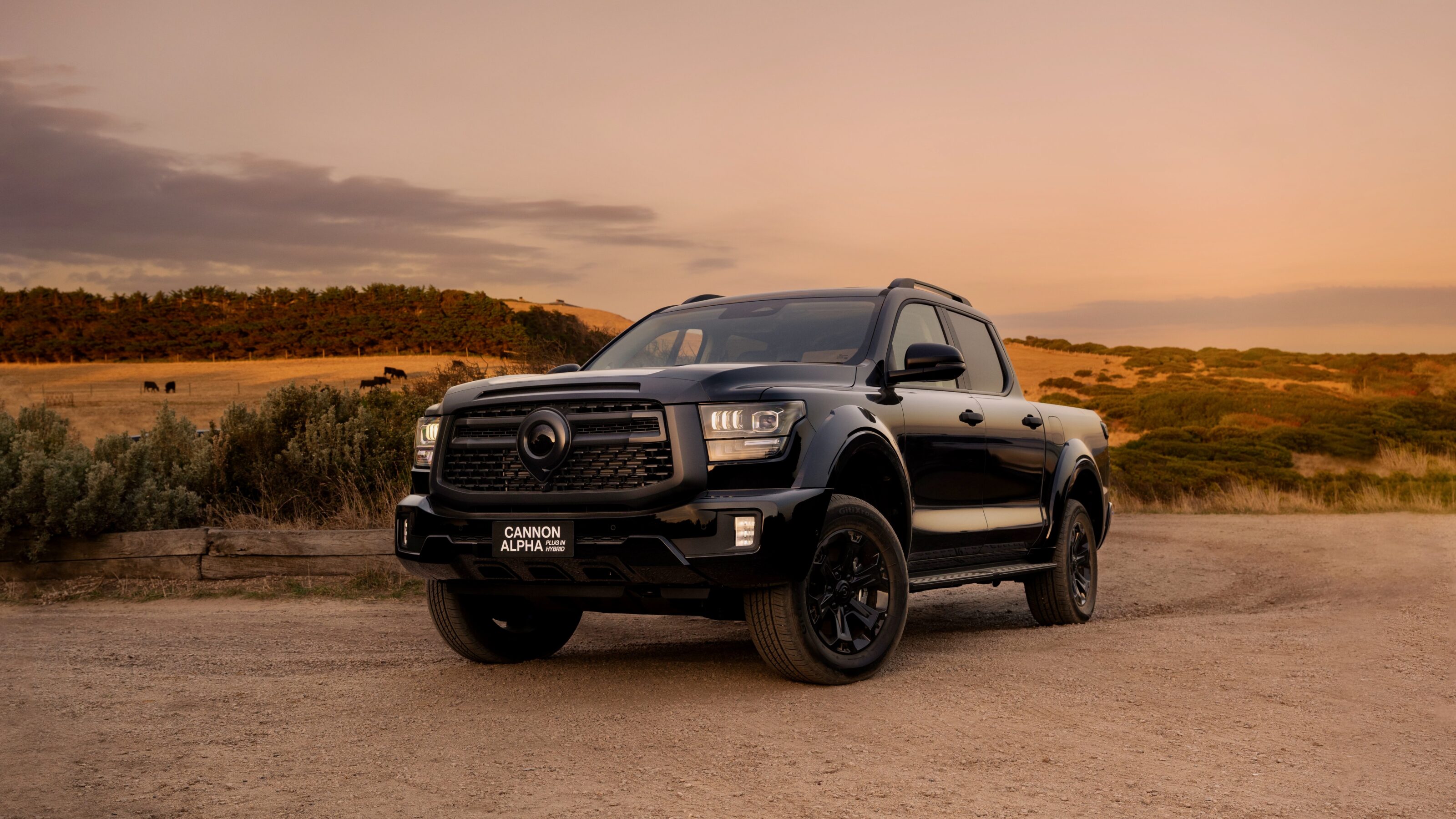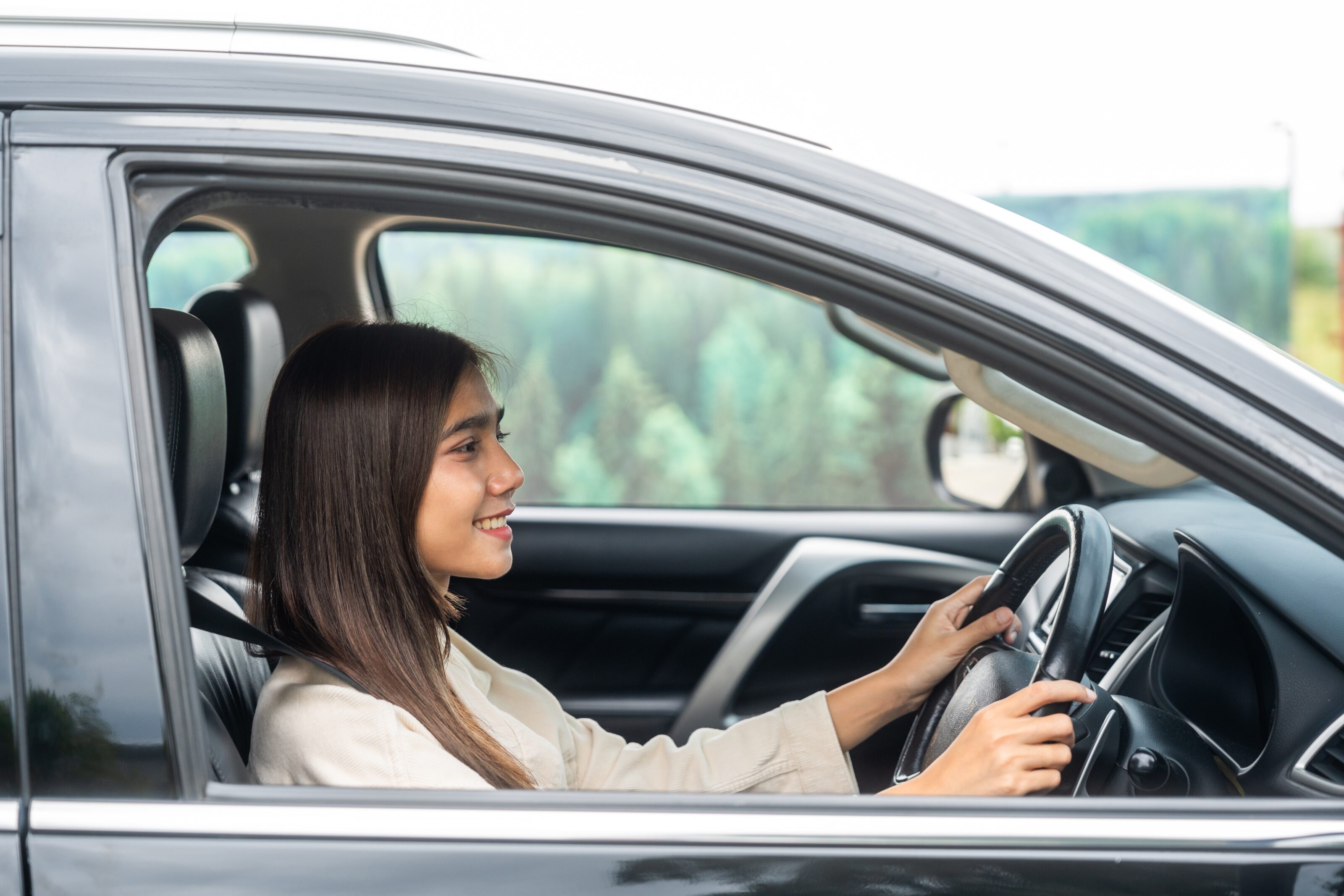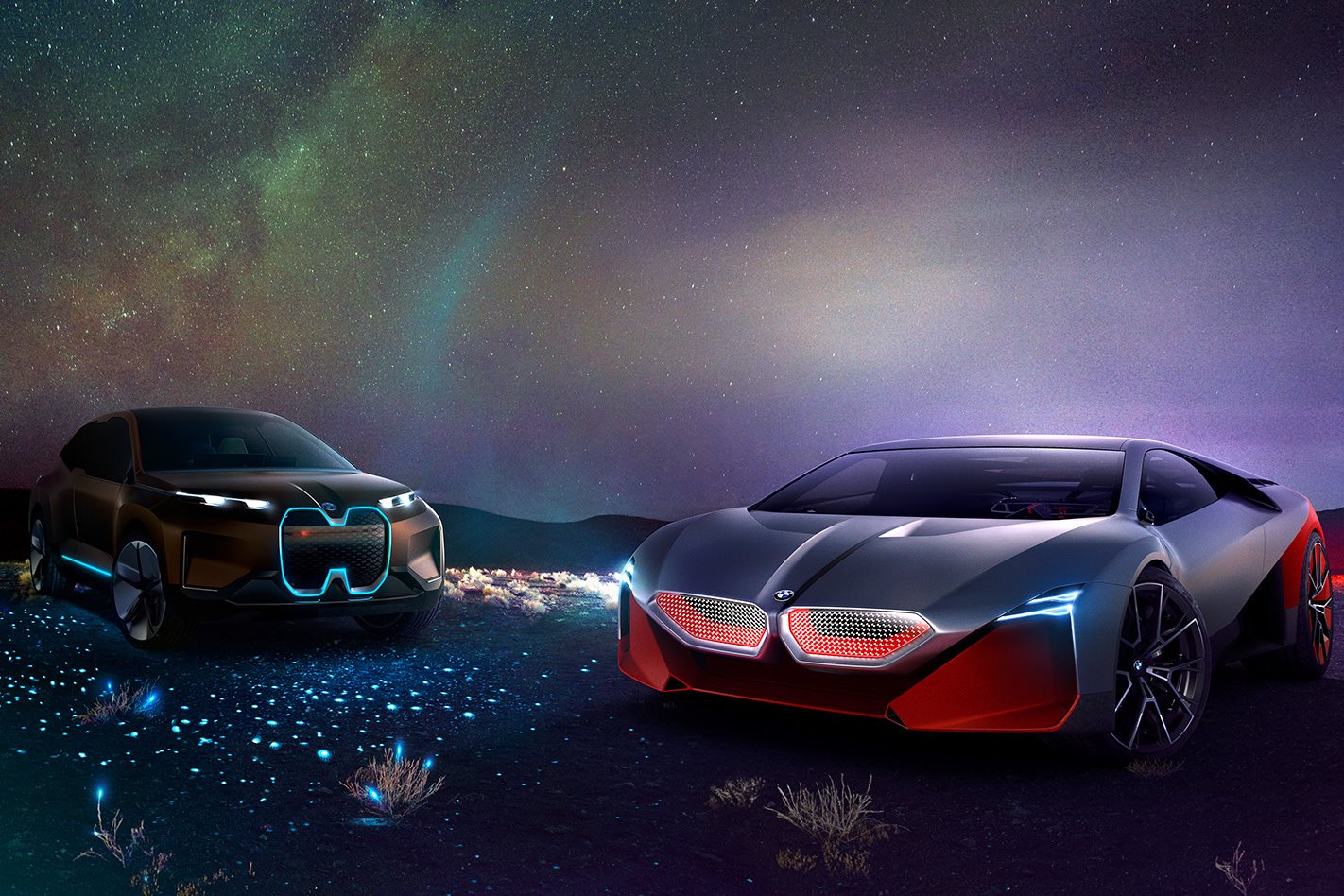
You would be forgiven for thinking that widespread global electric vehicle adoption was little more than a fantasy, many decades from the faintest likelihood, given Australia’s archaic attitude to alternative energy and complete lack of federal government support.
But it’s a very different story in almost every other developed part of the world with all the mainstream manufacturers – including BMW – responding to an explosion in electrified vehicle demand.
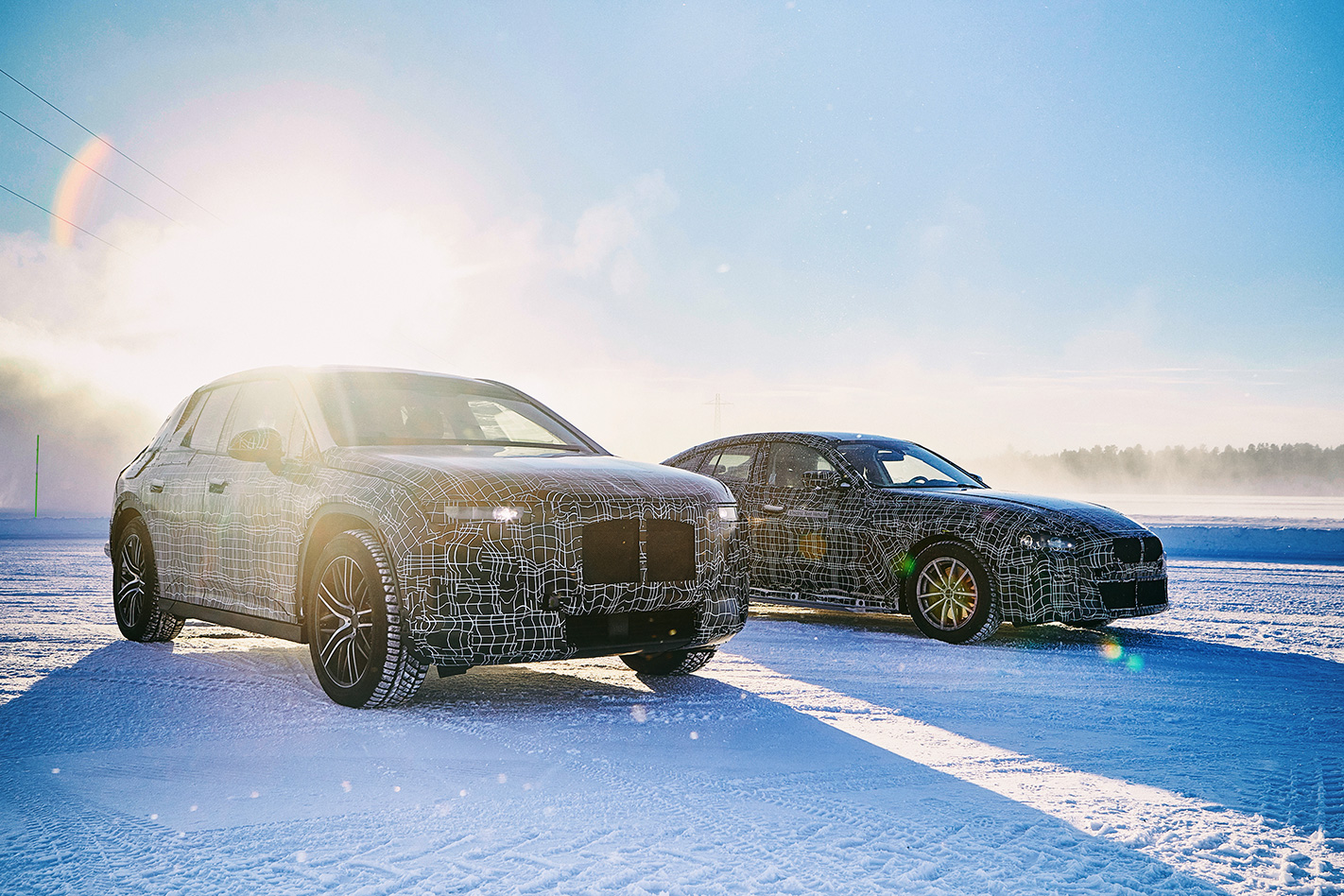
Last year, the German carmaker announced that it would offer a choice of 25 electrified models – including pure EVs and plug-in hybrids – by the year 2025. But unexpectedly high demand for more efficient vehicles prompted the company into hitting its own target early.
“We said last year that we would have 25 electrified vehicles on the road in 2025, we’ve now advanced that by two years so we will have that in 2023,” said BMW member of the board of management, customer, brands and sales, Peiter Nota.
It’s the start of a vigorous electric era for the iconic German manufacturer.
From the early days of ambivalent mild hybrids and the niche i3 and i8, BMW’s electrified ranks have blossomed to a broad spectrum of plug-in hybrids covering passenger and SUVs, and its recent build in momentum will continue.
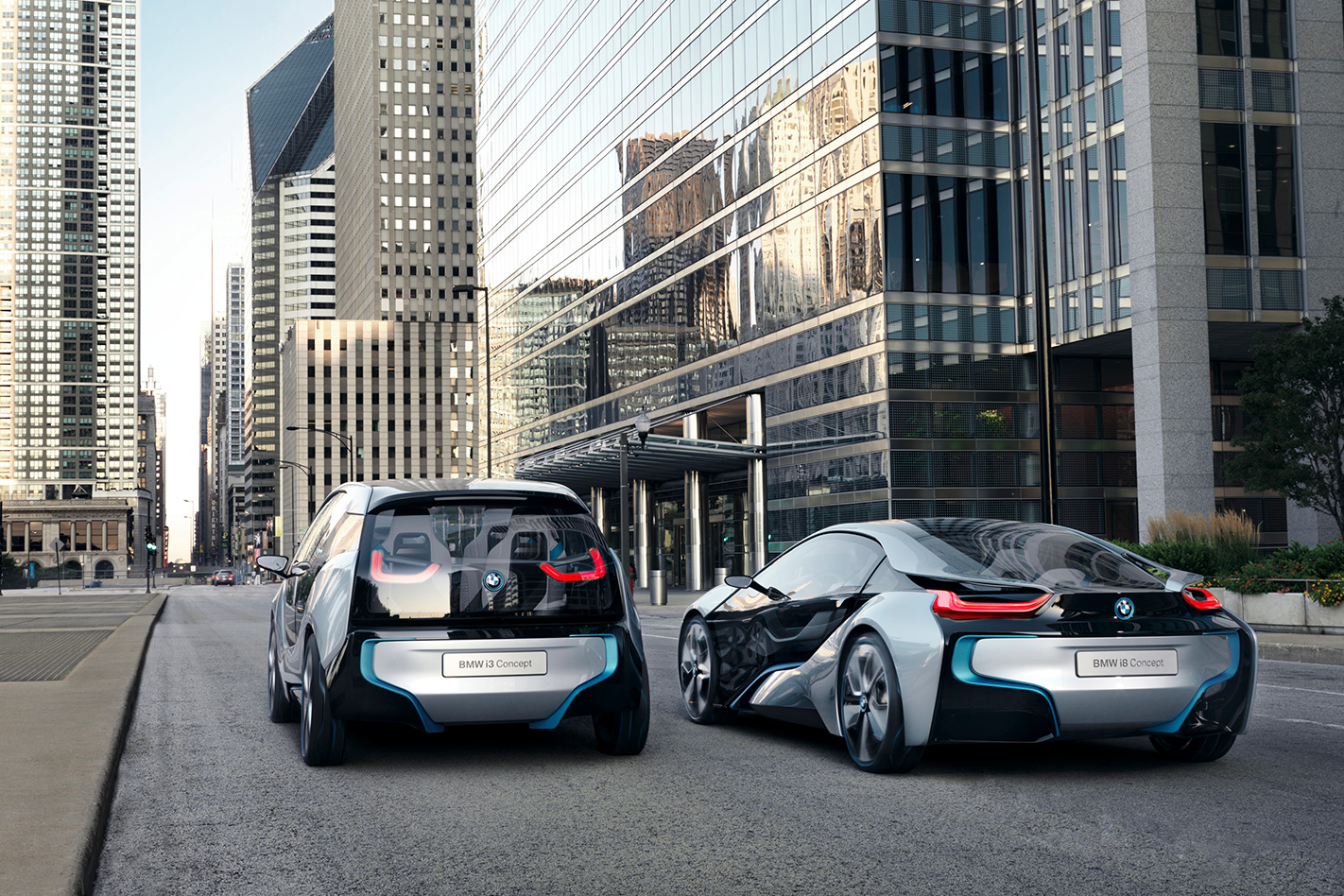
Speaking at BMW’s NextGen technology event at the company’s headquarters in Munich, members of the board of management highlighted its electrified roadmap, as well as a strategy that will one day see purely combustion-powered models outnumbered by EVs and PHEVs.
Part of that plan will see the introduction of its first pure electric vehicle since the 2013 i3, with an electrified version of the popular X3 formulaically dubbed the iX3. But its arrival next year will be followed by a larger electric SUV in 2021.
And such is the company’s distant gaze, Nota explained that battery power was not an end game, with more advanced electrification on the way, aided by partnerships with other future-focused manufacturers.
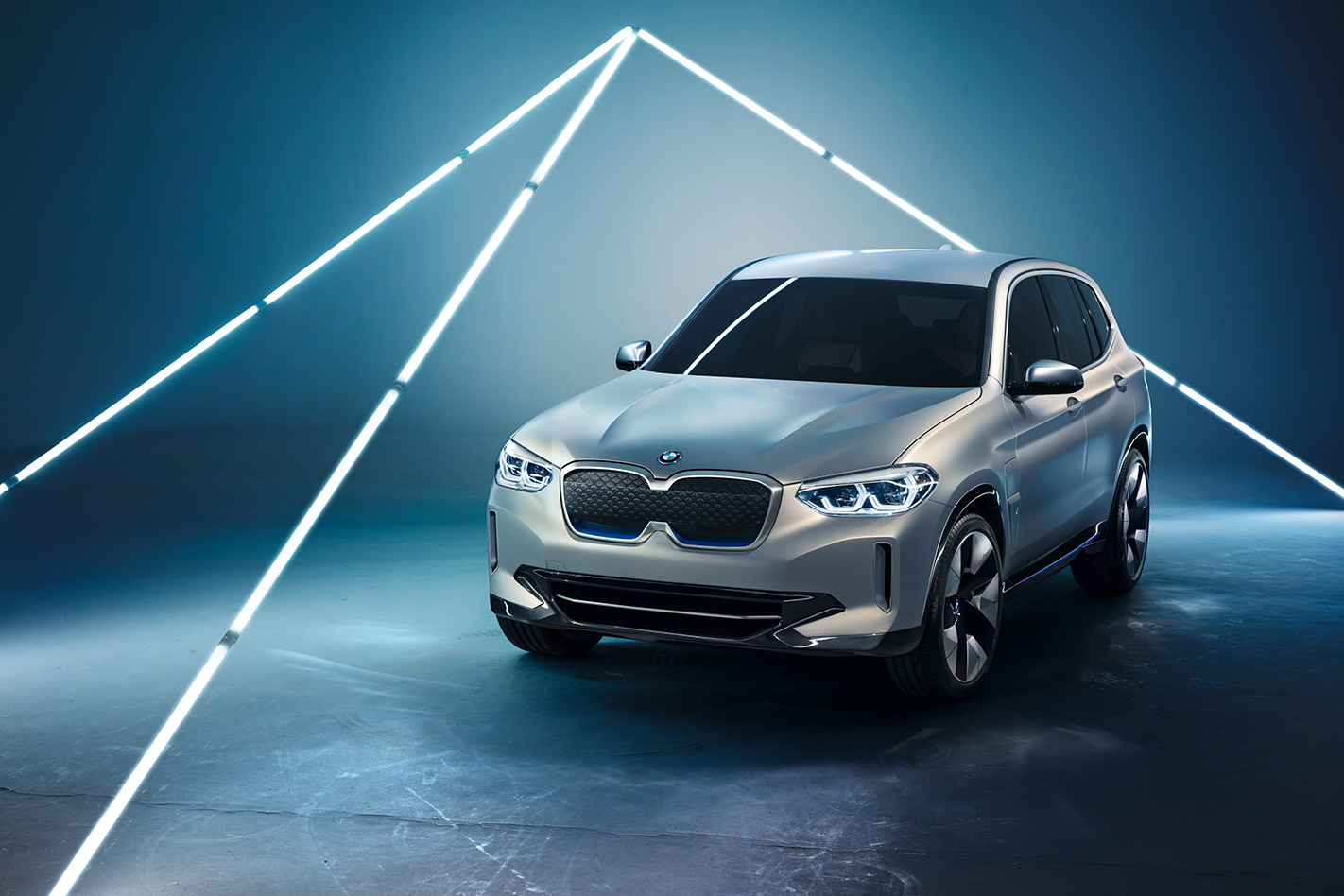
“We see hydrogen and fuel cells as a solution for larger cars in the future,” he said. “Battery electric vehicles are the road for the coming years up to 2030-ish. Certainly, around or after that, fuel cell technology will come in as well.
“It’s suitable for larger cars and longer distances. We have a firm place for this technology in our portfolio. We are investing in it and we have cooperations; for example, we are working with Toyota on that.”
But producing cars that run on something other than petrol and diesel is only part of the vision, says BMW.
Here’s how the company’s zero-emissions dream will shape everything from its vehicles and manufacturing to its marketing and core culture in the coming years.
Reducing carbon on and off the grid
What’s the point of driving electric cars if they simply move the carbon emissions to electricity generation sites and production lines? It’s a common argument, and one that BMW is meeting head-on.
By next year, every BMW factory worldwide will be powered by renewable energy, and the energy used to charge their batteries is heading the same way. In the company’s native Germany, 65 percent of electricity will be generated using renewable sources by 2030.

That puts Australia to shame; 73 percent of electricity is generated by coal-fired power stations and a whopping 86 percent is produced by burning fossil fuels.
Can Australia catch up to the standards set by many if not all other nations? Only time and, most likely, a different government can tell.
Cutting dependence on polluting technologies
There’s a similar argument pinpointing the use of potentially harmful materials in the production of EVs but, here too, BMW is addressing the key areas.
By next year, all BMW electric vehicle motors will be produced without using so-called rare-earth metals. While the materials are not especially rare, the mining processes to extract and manufacture useable metals and magnets can have serious environmental impacts.
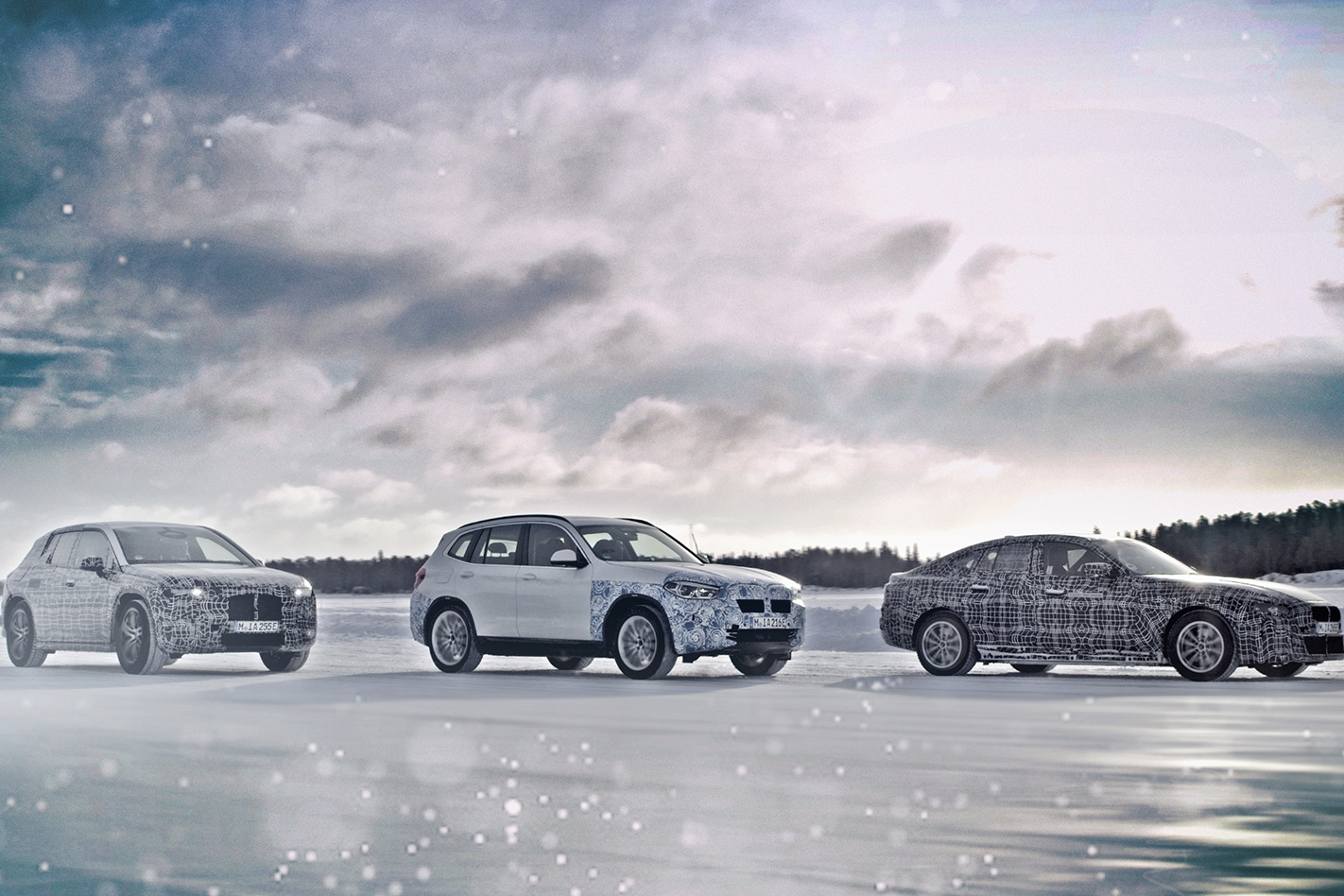
For now, lithium, cobalt and nickel required for battery production will continue to be used, but the company is shifting all battery compound supplies to sustainable sources.
Senior vice president for i-model line and electrified models, Robert Irlinger, told WhichCar that BMW is continually searching for and developing alternative materials for use in battery manufacturing.
“If you see that one material gets rare and extremely expensive, we research and get rid of this material,” he said. “If it damages or is poisonous, we get rid of it.”
As a bonus, Irlinger explained that finding ways of utilizing more common and cheaper materials in all components, including battery technology was driving down the end cost of cars for customers.
More affordable electrification
For now, battery range is the main contributing cost to electric vehicles and, put simply, the further customers demand EVs travel, the more they will cost.
Think of it as the difference between buying a four-cylinder and eight-cylinder car.
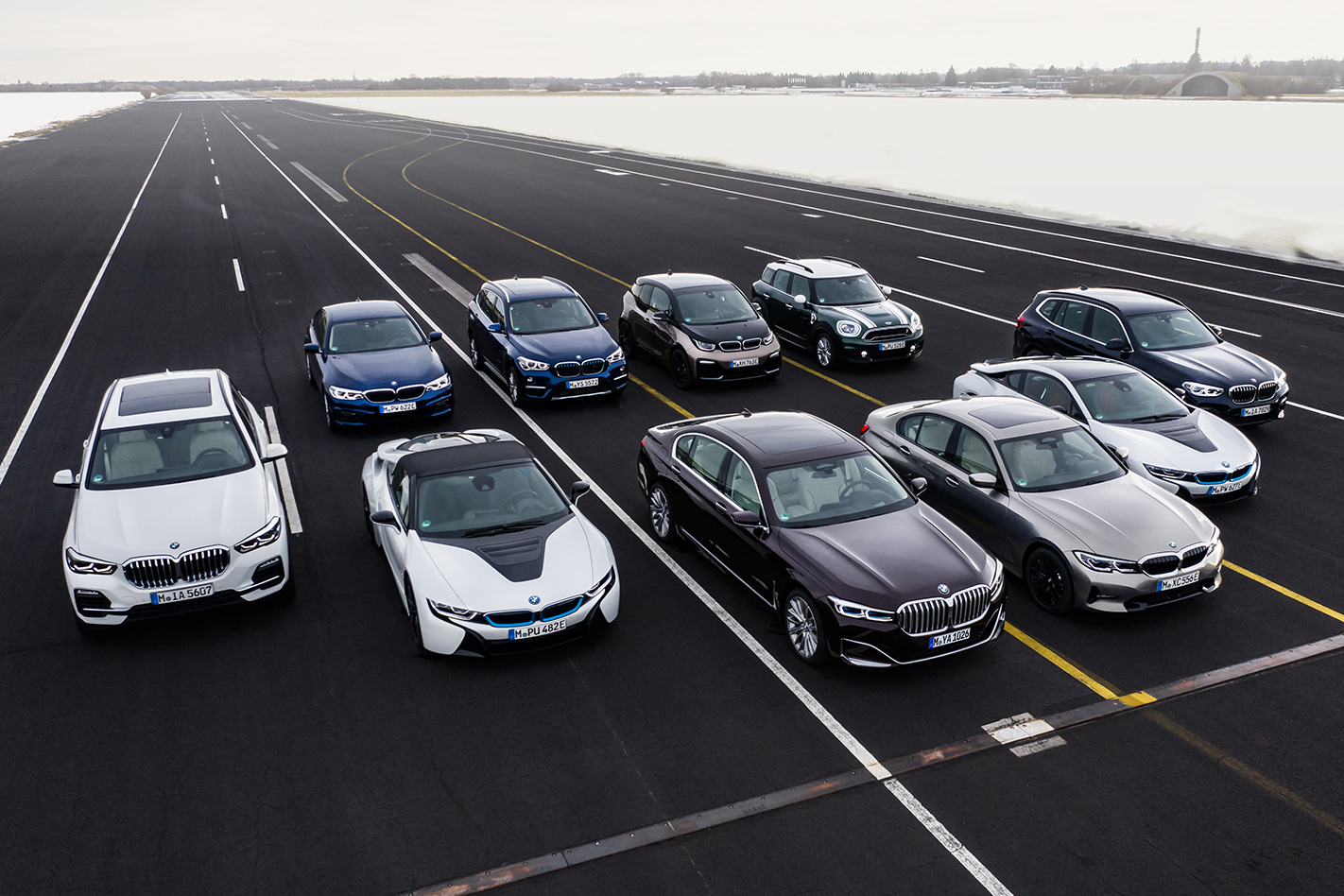
That said, Irlinger reports that, thanks to the company’s ambitious electrified vehicle sales targets of 30 percent increases year-on-year, the cost of electric vehicles must, at some point, equal combustion powered equivalents.
“There has to be a tipping point because if you look at the numbers we communicate, 25, up to maybe even 30 or 50 percent, (will be electric) if we aren’t profitable with battery electric cars then where does the profit come from?” he asked.
“There must be a point where battery electric cars cost-level with internal combustion engines.
“My boss Mr Frolich says ‘it’s not only fine to be the technology leader in powertrains, you have to be the cost leader as well, because our company is here to make profits’.”
Improving performance as well as efficiency
You might be surprised to hear that a large chunk of an electric vehicle’s charge is wasted as heat by the powertrain’s power management electronics, but BMW is working hard in this area to make EVs go further by making them more efficient.
At the top of the list for improvement is aerodynamics, said Irlinger, closely followed by reducing vehicle weight and tyre resistance.
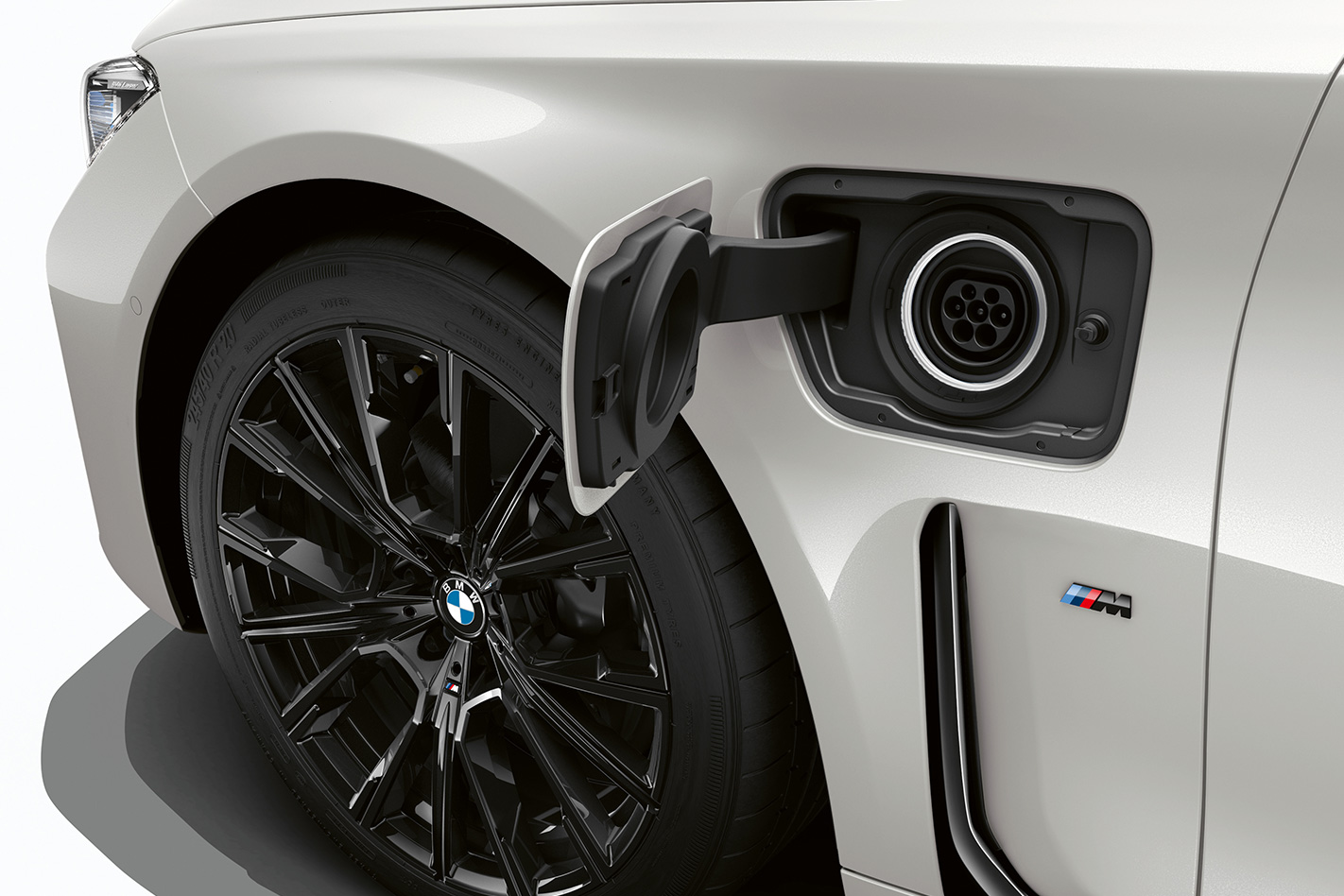
But with a holistic approach to efficiency improvement, future EVs will go further on the same charge. Or perhaps faster?
“There will be electrification in the M-cars,” said Irlinger. “It will take some years to do this, because still the weight of the battery is still quite high and M is not only about the sheer power. It’s all about handling and agility.”
With the reveal of the Vision M Next concept at the NextGen event, BMW has for the first time linked electrification with the coveted M badge, hinting at a future where even the line-up of muscular sportscars and sedans will be powered, in some part, by electricity.
What’s hot and what’s not?
While PHEVs, alternative battery materials and hydrogen fuel cells are definitely on the cards, not all potential tech is making the BMW cut.
Irlinger explained that some countries – including Australia – have the potential to provide electric vehicles with energy generated by the sun, but there was little hope of the vehicle itself ever carrying enough solar cells to power its motor.
“You have to put the car in the sun but then there is a second issue – it gets warm like hell and then you have to cool it down. It’s not the technology we think of,” he pointed out.
Nor do supercapacitors feature greatly in BMW’s potential EV tech portfolio.
“The batteries are so powerful that you don’t need this,” said Irlinger. “They are a buffer in the electric powertrain so we don’t need it.”
Shattering EV stigma
Finally, BMW is working hard to ease so-called range anxiety and prove that, in a majority of cases, an EV’s range is more than adequate to not leave you stranded on the side of the road with a flat – battery.
In Rotterdam, for example, BMW has been conducting a City Drive test in which participants are recognised and rewarded for going further in plug-in hybrid BMWs without firing up the on-board petrol engine.
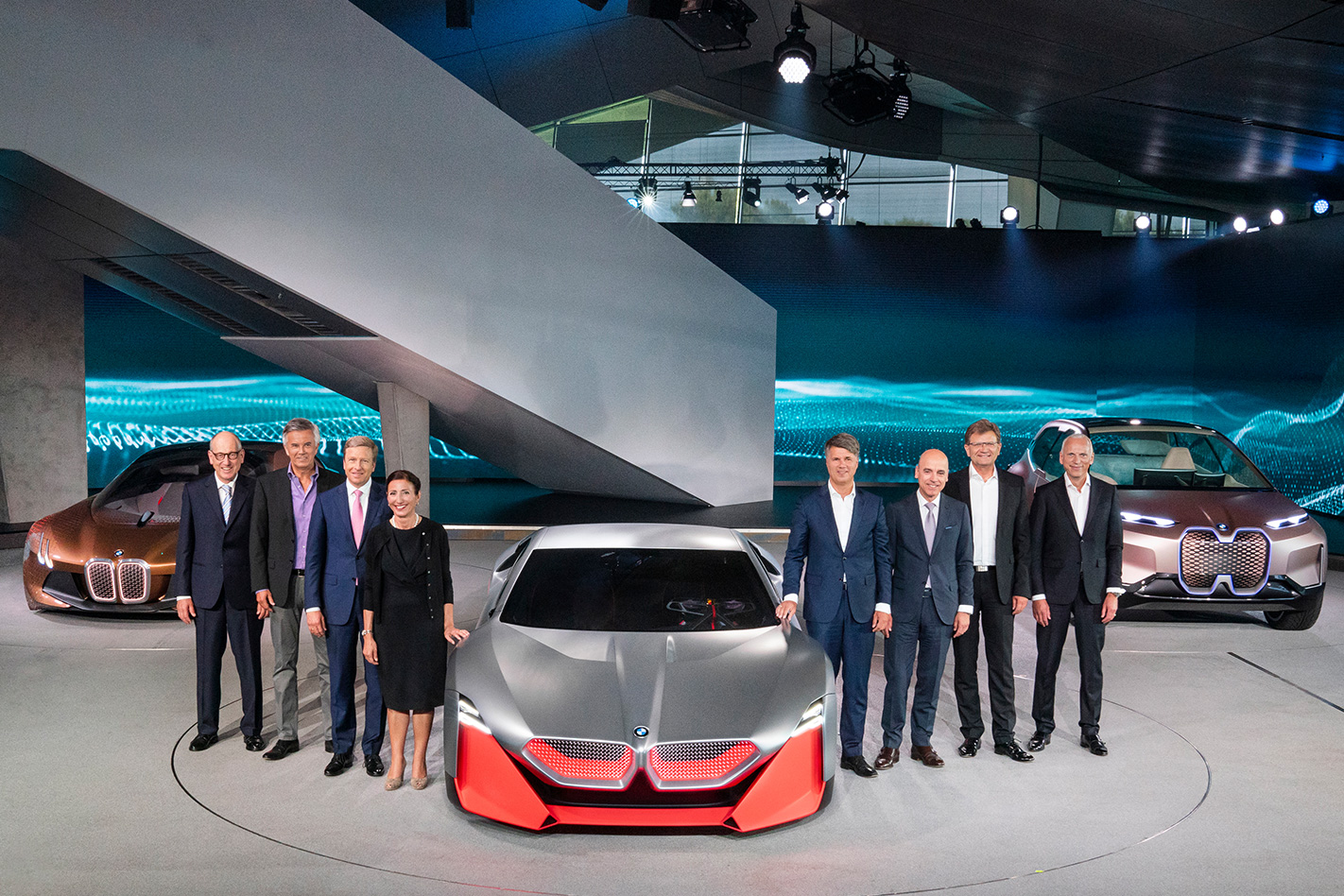
With its series of challenges set in geofenced zones, 90 percent of the entrants managed to travel exclusively on electric power.
Irlinger said that it was not hard to convince drivers about electric power, as long as customers could be encouraged to take a test drive.
“Educating your customer is always difficult but I think you just have to give them decent products,” he said. “Our marketing has to get them into the cars. What we see is that if someone once drives a plug-in hybrid, they are immediately far more willing to buy a full-electric vehicle. It’s not the education they need, it’s the experience.”
Alas, it seems it’s here also that Australia lags behind the rest of the world, with a widespread perception that EVs don’t work in a larger-than-life nation.
“Australia may be a difficult country for e-mobility because there are some huge distances but if you look at the major cities like Sydney and Melbourne, in the city there is already a good case,” concluded Irlinger.
“We say you need both technologies because some countries a good for battery electric, others might still be for a long time better with plug-in hybrid.”
Regardless of whether Australia changes its attitude to electrification, or whether the government decides to offer initiatives and incentives to encourage their adoption, BMW will continue to press on into a brighter future along with all those nations that are making the switch.


